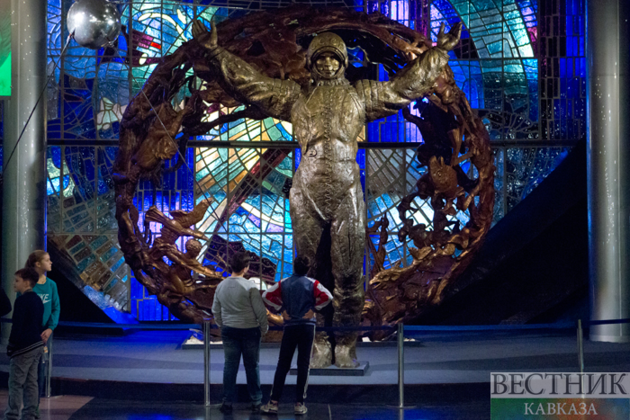The first moon mission under the Artemis program has yet to launch, but NASA is refocusing its long-term vision to embrace sending humans to Mars.
“We’re going to learn to live and work in a hostile environment then it’s onto Mars in the late 2030s,” NASA Administrator Bill Nelson said at Kennedy Space Center during his State of NASA speech. “President Biden’s $26 billion proposed budget for NASA will begin to make this happen.”
NASA’s overall budget request for the 2023 fiscal year, which begins in October 2022, increases funding across all of its mission directorates including $7.6 billion for Artemis, $8 billion for more than 100 space science missions and $2.9 billion to address climate change. The total is 8% higher than the FY 22 budget of more than $24 billion that was only just signed into law by President Biden this month 10 months after the original request.
The Artemis budget continues to be among the biggest components under a new NASA mission statement: “Exploring the secrets of the universe for the benefit of all.”
The budget now breaks Artemis down as part of its Deep Space Exploration Systems agenda. It includes an ask of nearly $4.7 billion for more Orion capsules and Space Launch System rockets coupled with Exploration Ground Systems based at Kennedy Space Center to launch the missions, MSN reported.






